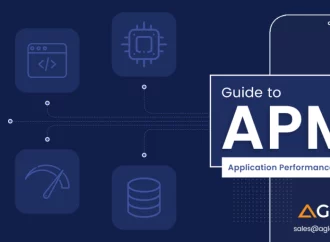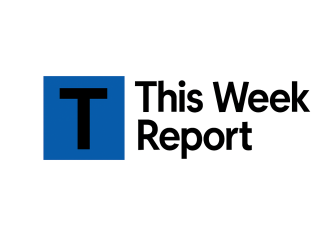Introduction: In the dynamic landscape of American education, the digital divide has become a critical challenge, with disparities in access to resources and opportunities affecting students across the nation. To tackle this issue head-on, seasoned education expert Sarah Reynolds takes us on a transformative journey, exploring the role of technology in bridging educational gaps and
Introduction:
In the dynamic landscape of American education, the digital divide has become a critical challenge, with disparities in access to resources and opportunities affecting students across the nation. To tackle this issue head-on, seasoned education expert Sarah Reynolds takes us on a transformative journey, exploring the role of technology in bridging educational gaps and empowering classrooms. With a wealth of experience in the field, Sarah Reynolds brings a unique perspective to the table, offering insights into the strategies, benefits, and key features that are reshaping the future of American education.
The Educational Disparities Landscape:
Peering into the heart of American classrooms reveals a stark reality disparities in access to quality education. The digital divide, exacerbated by socioeconomic factors, leaves some students with limited resources and opportunities. Statistics paint a concerning picture, underlining the urgency of addressing this issue. Sarah Reynolds, drawing from years of experience, sheds light on the multifaceted nature of these disparities, emphasizing the need for comprehensive solutions.
Tech as the Great Equalizer:
In the face of educational inequalities, technology emerges as a powerful equalizer. Explores how innovative tech solutions act as catalysts for change, breaking down barriers and creating inclusive learning environments. Real-world examples from schools across the country illustrate how technology, when strategically deployed, has the potential to level the playing field, providing all students with equal access to educational resources.
Strategies for Implementation:
Navigating the integration of technology into classrooms requires a thoughtful approach. She shares insights into effective strategies for educators, emphasizing the importance of tailored implementation plans. From professional development opportunities to creating tech-friendly curriculum structures, these strategies empower educators to seamlessly integrate technology into their teaching methodologies.
Benefits of Tech-Empowered Learning:
The advantages of tech-empowered learning extend far beyond the mere distribution of devices. Improved access to educational resources, personalized learning experiences, and heightened student engagement are among the many benefits. She explores how technology transforms classrooms into dynamic spaces, fostering a love for learning and catering to diverse learning styles.
Key Features Transforming Classrooms:
To provide readers with a clear and concise overview, a visual comparative table highlights key tech features transforming American classrooms. From interactive whiteboards to adaptive learning apps, this table offers a comprehensive look at the tools reshaping education. Each feature is carefully dissected, showcasing its benefits, user-friendliness, and ease of integration.

Photo by Julia M Cameron: https://www.pexels.com/photo
Navigating Challenges:
No transformative journey is without challenges. She addresses common concerns and obstacles related to tech integration, offering practical strategies to overcome resistance. By acknowledging and proactively tackling challenges, educators can ensure a smoother transition to a tech-empowered learning environment.
Success Stories from the Frontlines:
The article celebrates success stories from schools at the forefront of tech integration. These narratives serve as beacons of inspiration, demonstrating the positive impact of technology on student outcomes. She showcases achievements and highlights how these success stories can serve as models for other educational institutions seeking to close disparities through technology.
The Role of Educators in Tech Integration:
Empowering educators is central to the success of any tech integration initiative. She emphasizes the need for teachers to become tech-savvy leaders, providing them with the tools and support necessary for successful implementation. Professional development opportunities and collaborative platforms play a pivotal role in equipping educators for this transformative journey.
Looking Ahead: Future Trends:
Peering into the future, Predicts the trajectory of technology in education. Emerging trends such as artificial intelligence, virtual reality, and gamified learning experiences are explored, offering readers a glimpse into the next generation of classrooms. By staying ahead of the curve, educators can better prepare students for the evolving demands of the digital age.
Visual Tables:
| Feature | Description |
|---|---|
| Interactive Whiteboards | Collaborative learning tool for dynamic classroom sessions |
| Online Learning Platforms | Accessible resources and interactive lesson modules |
| Adaptive Learning Apps | Personalized learning experiences tailored to each student |
| Smart Devices Integration | Seamless connection between devices for enhanced learning |
Conclusion:
In the quest to close disparities and empower American classrooms, technology stands as a beacon of hope. Through the expertise of Sarah Reynolds, readers are equipped with a comprehensive understanding of the challenges, strategies, and benefits associated with tech integration in education. This article serves as a roadmap for educators, administrators, and advocates committed to creating inclusive learning environments where every student has the opportunity to thrive.























Leave a Comment
Your email address will not be published. Required fields are marked with *